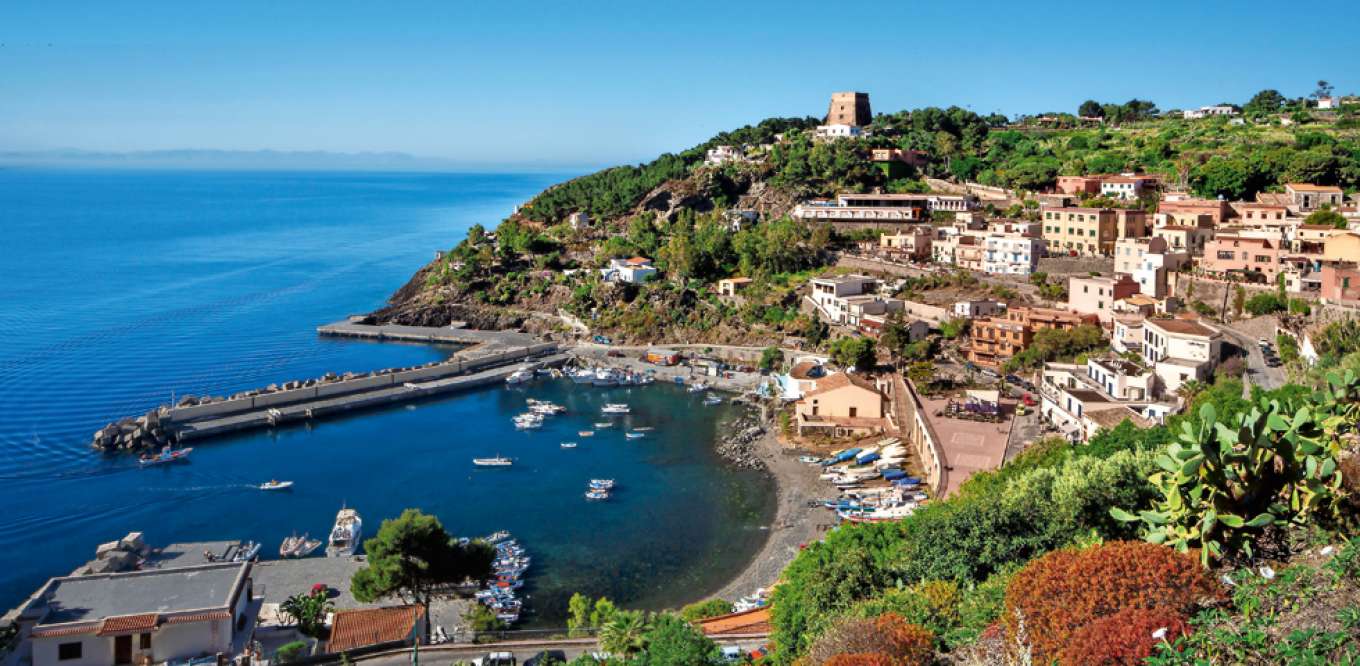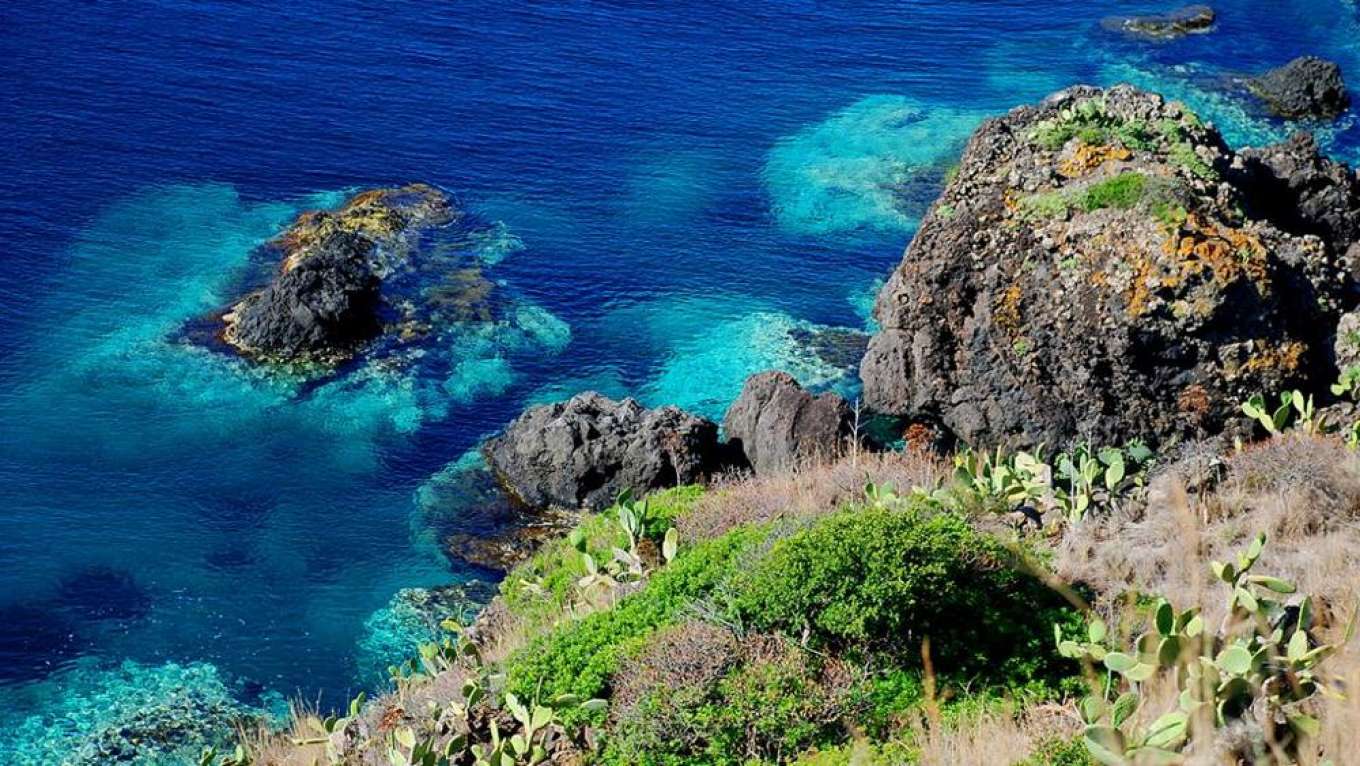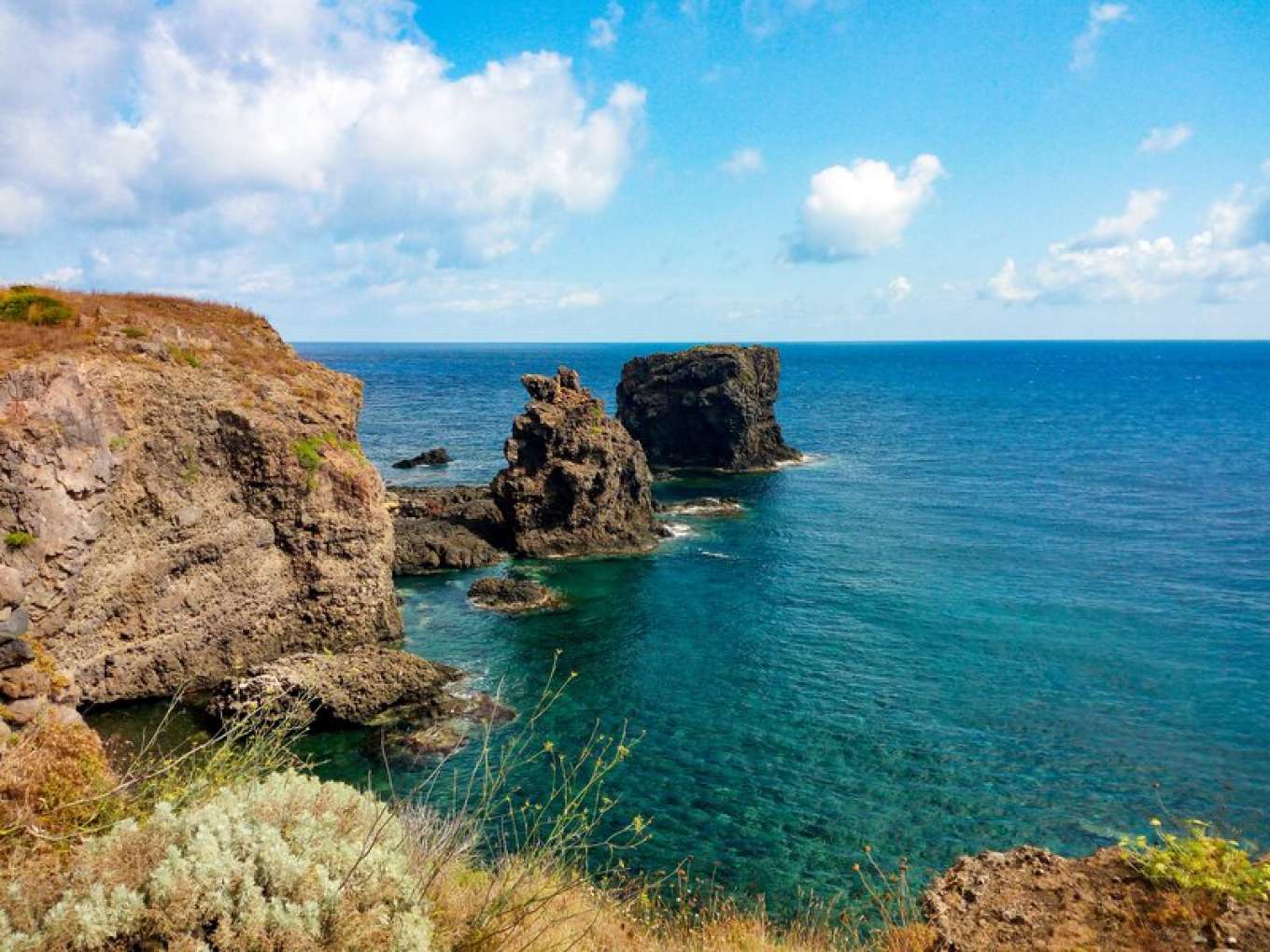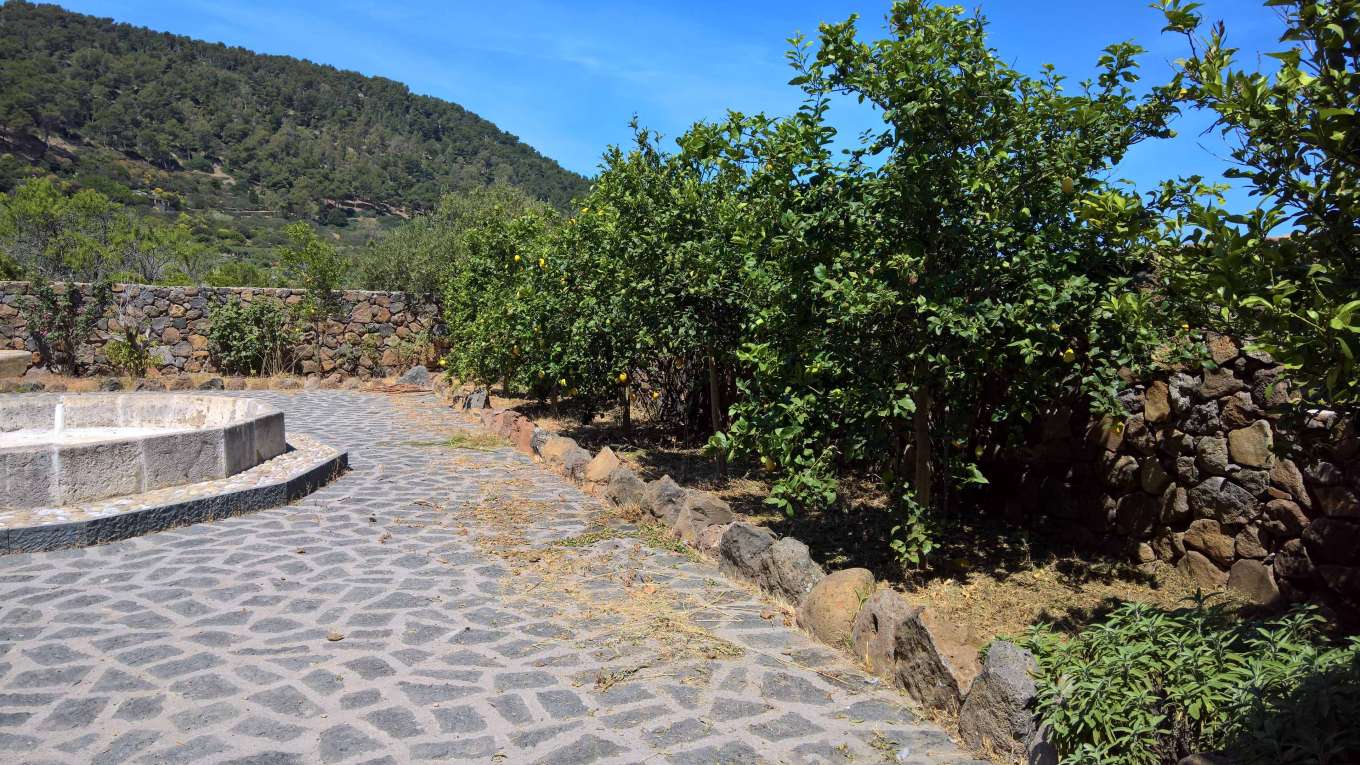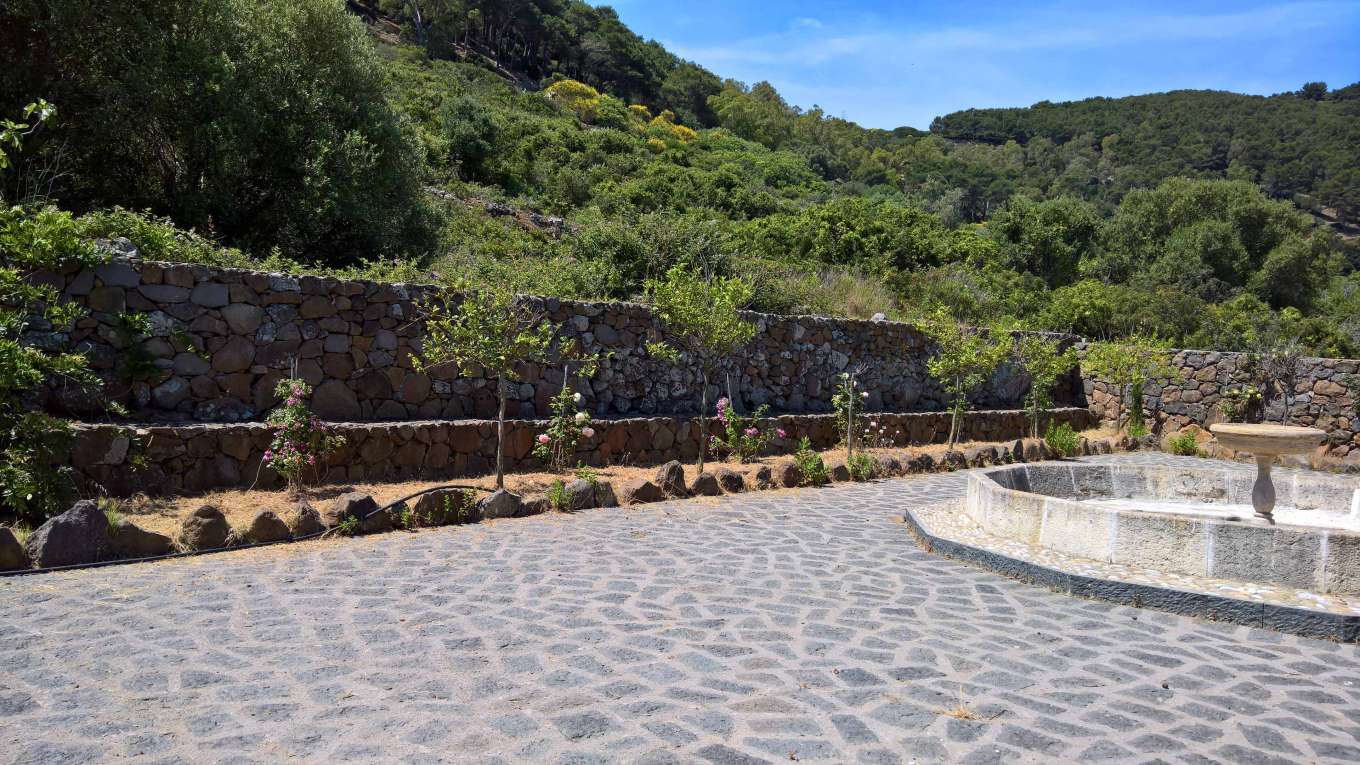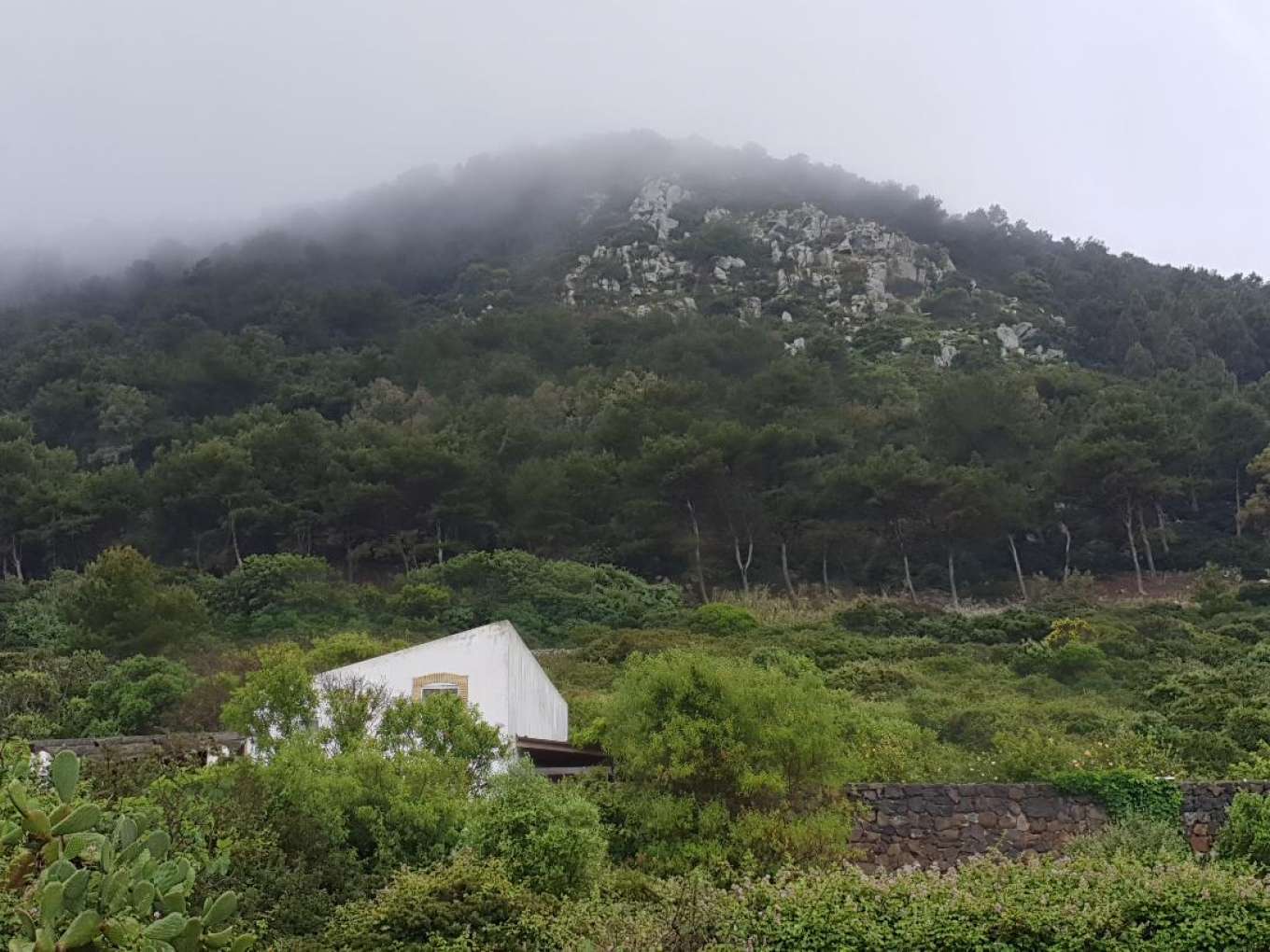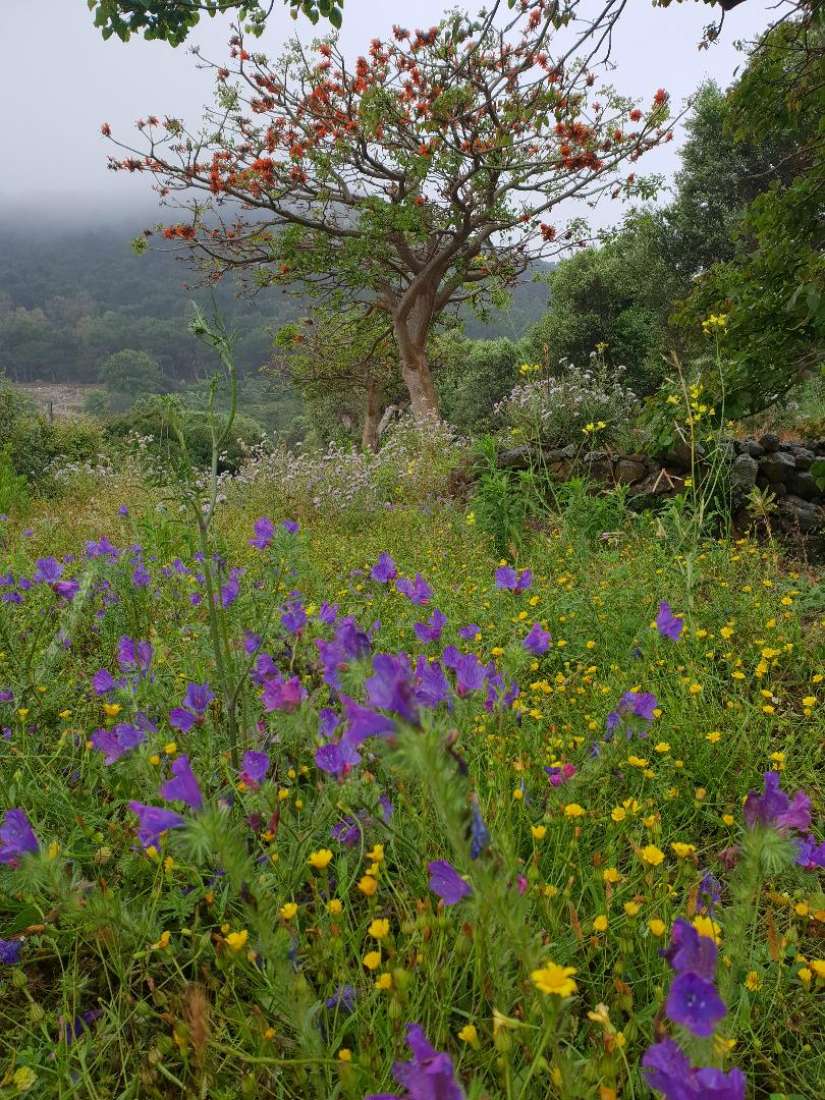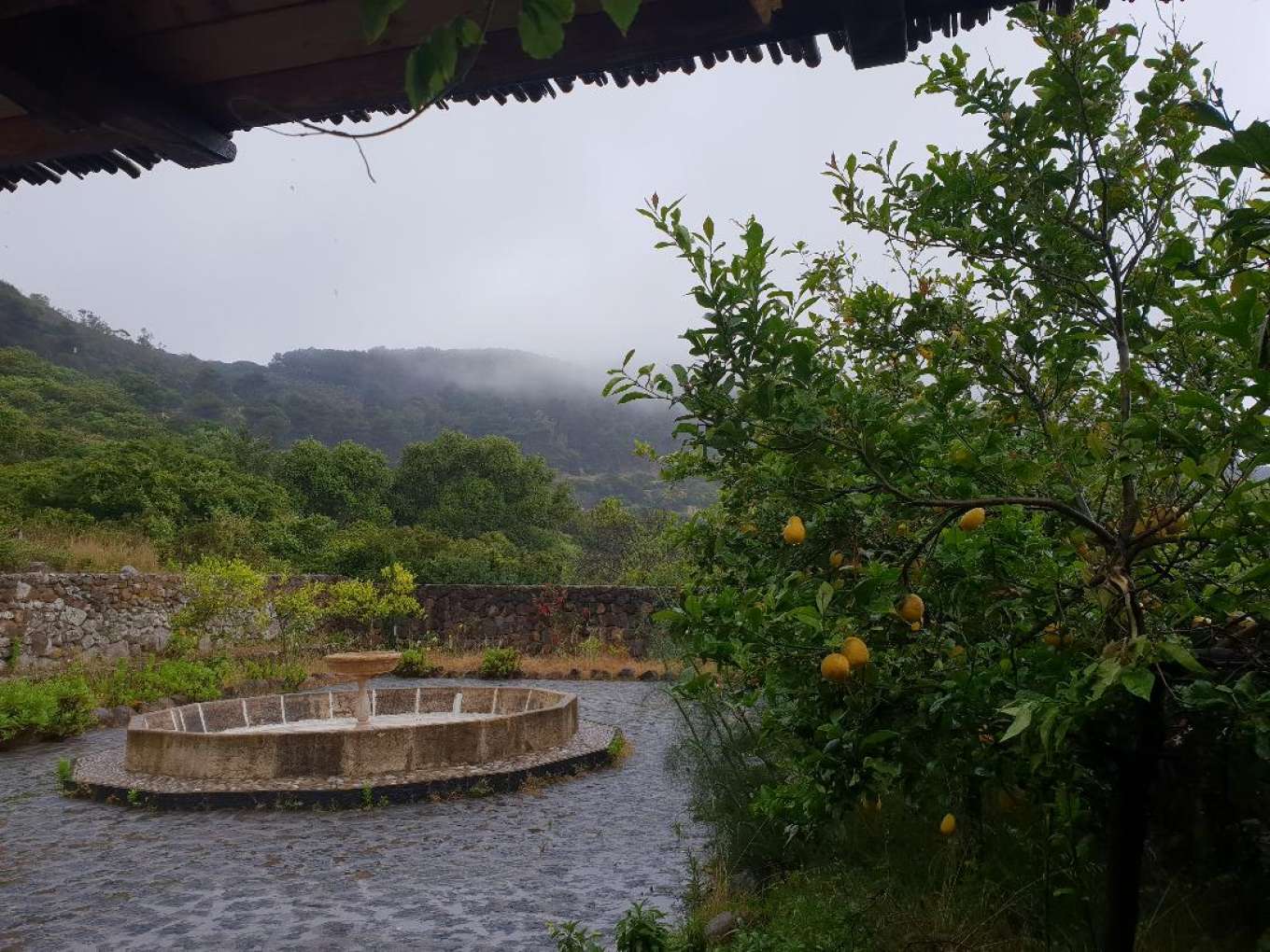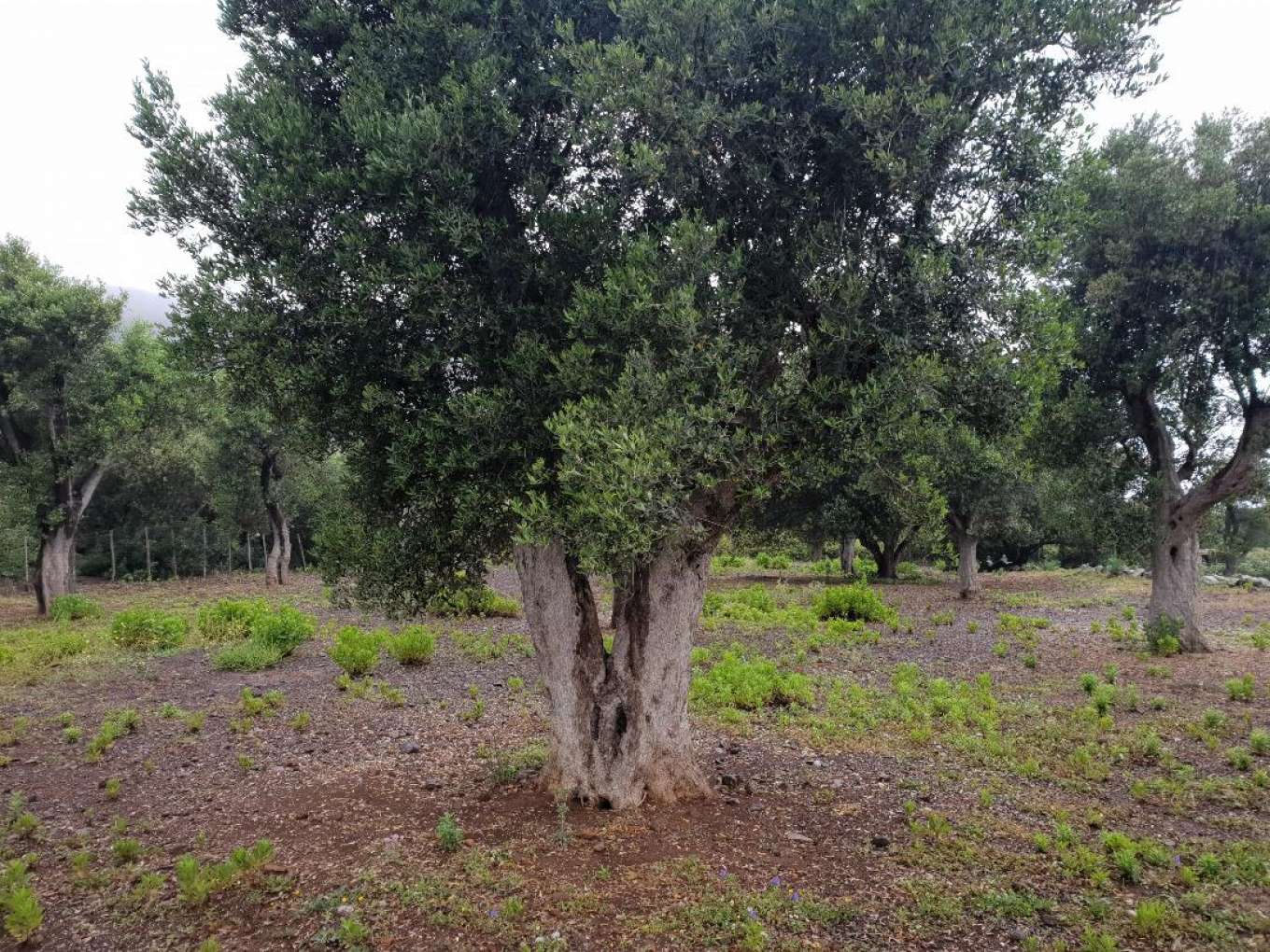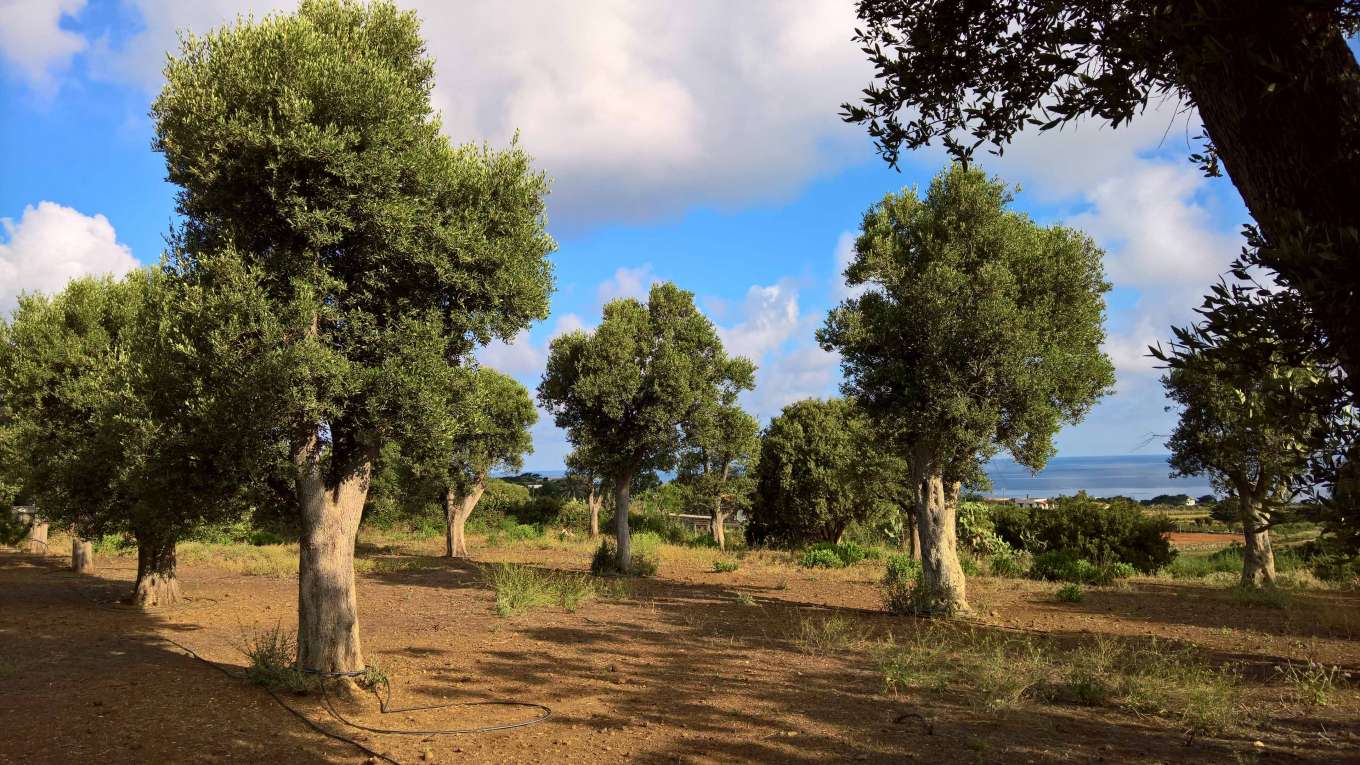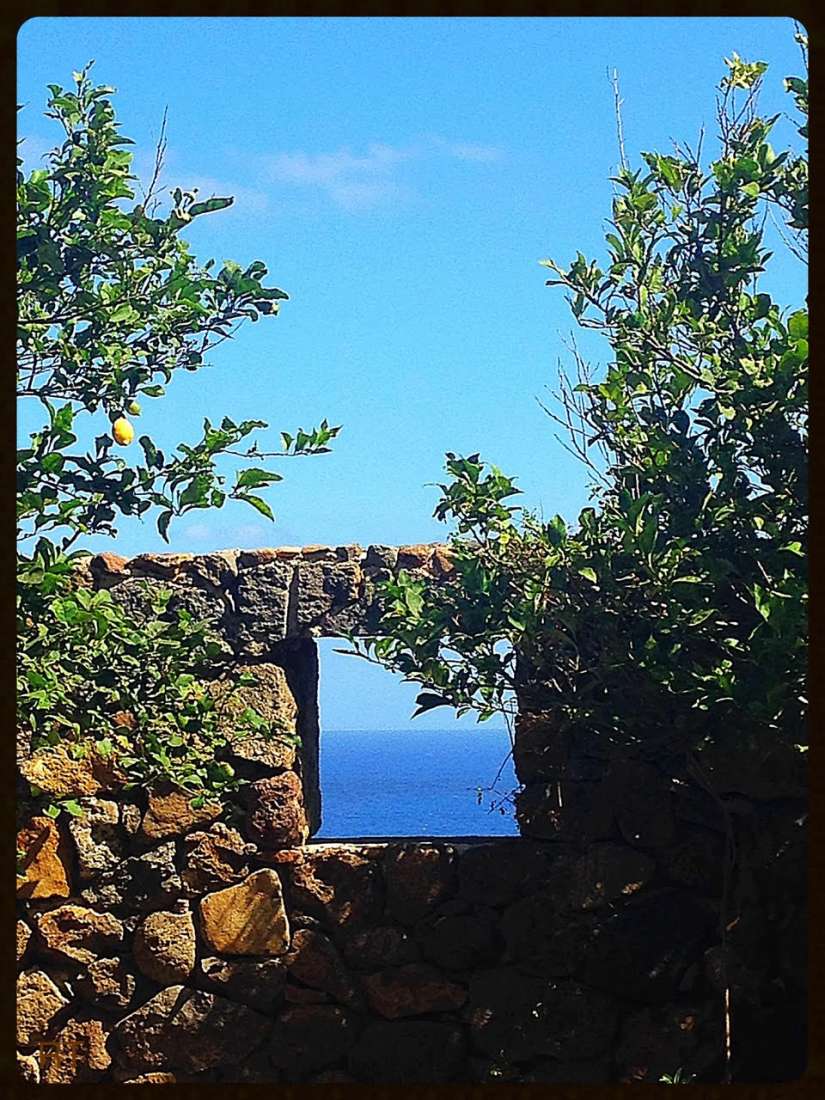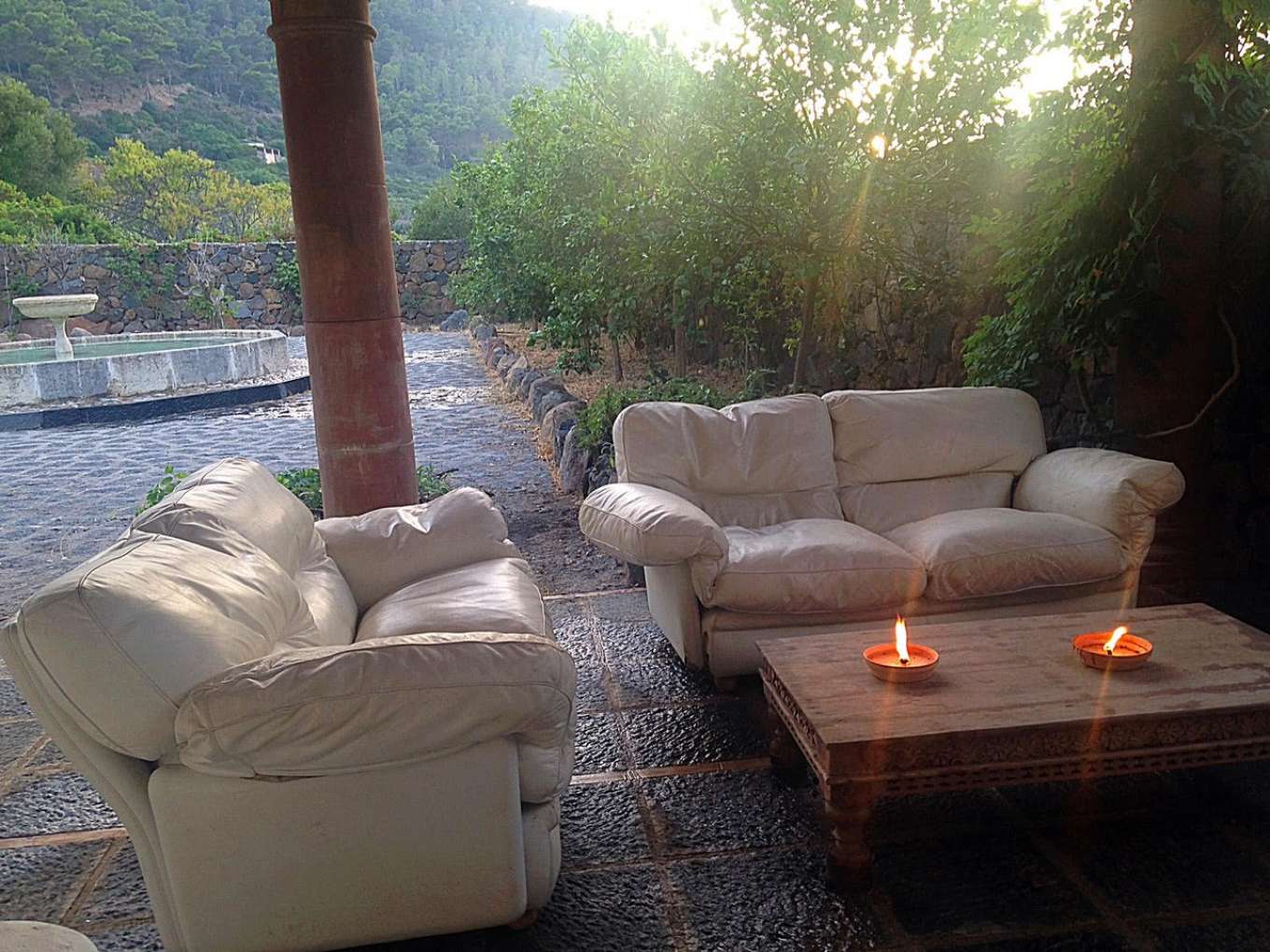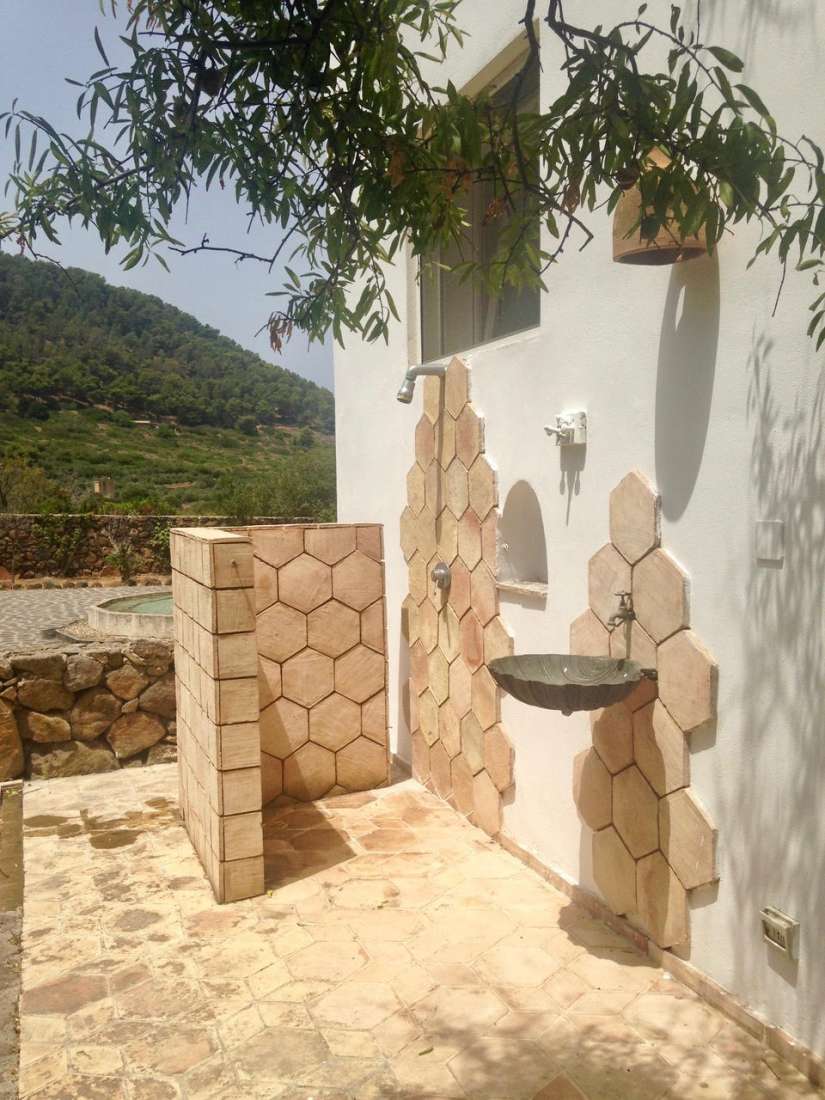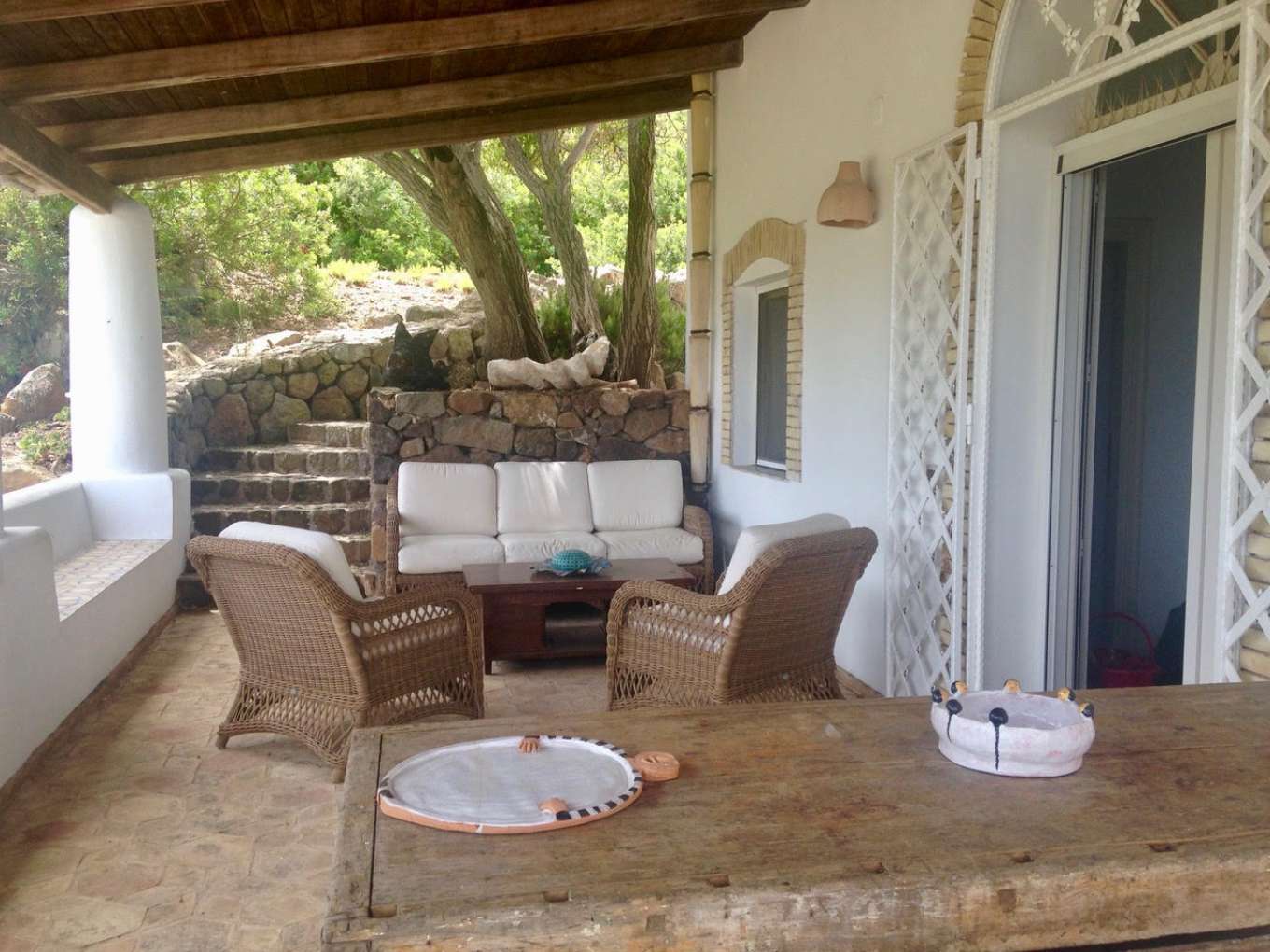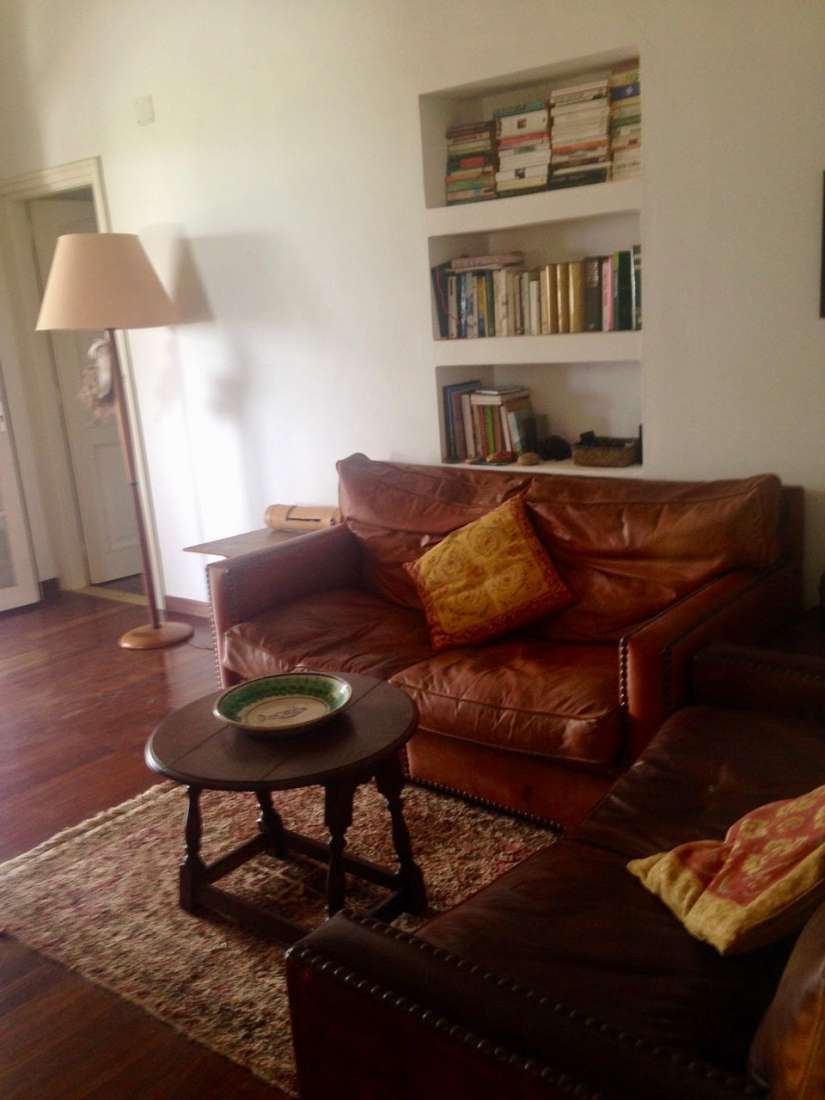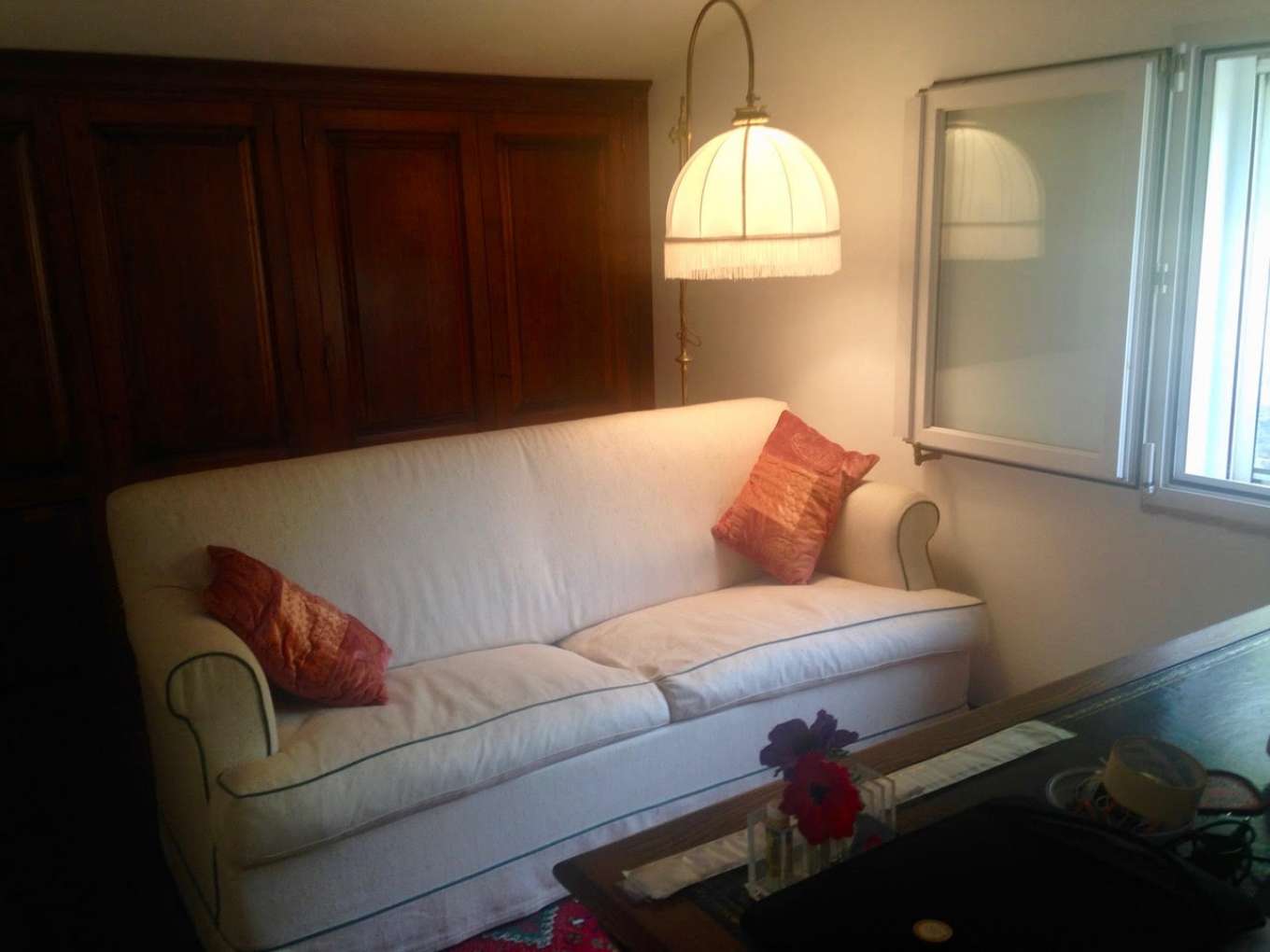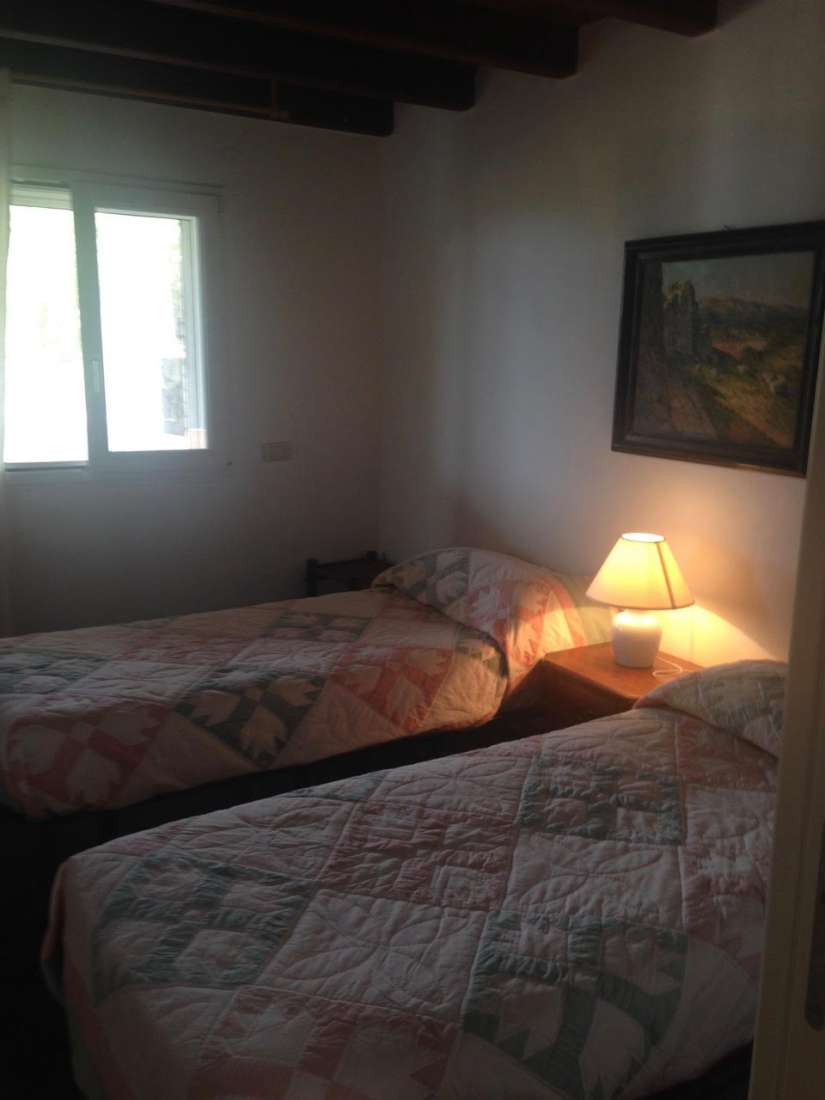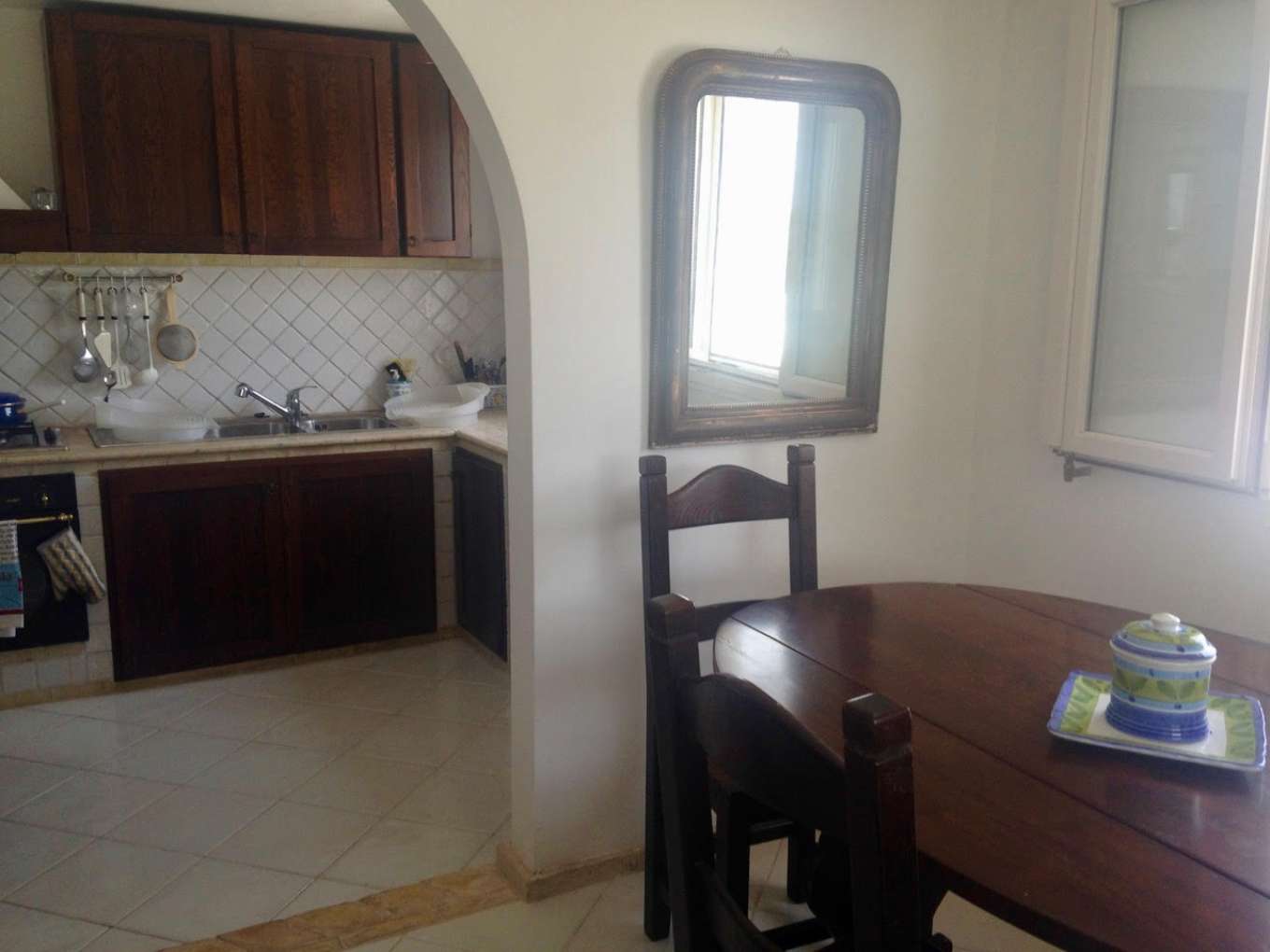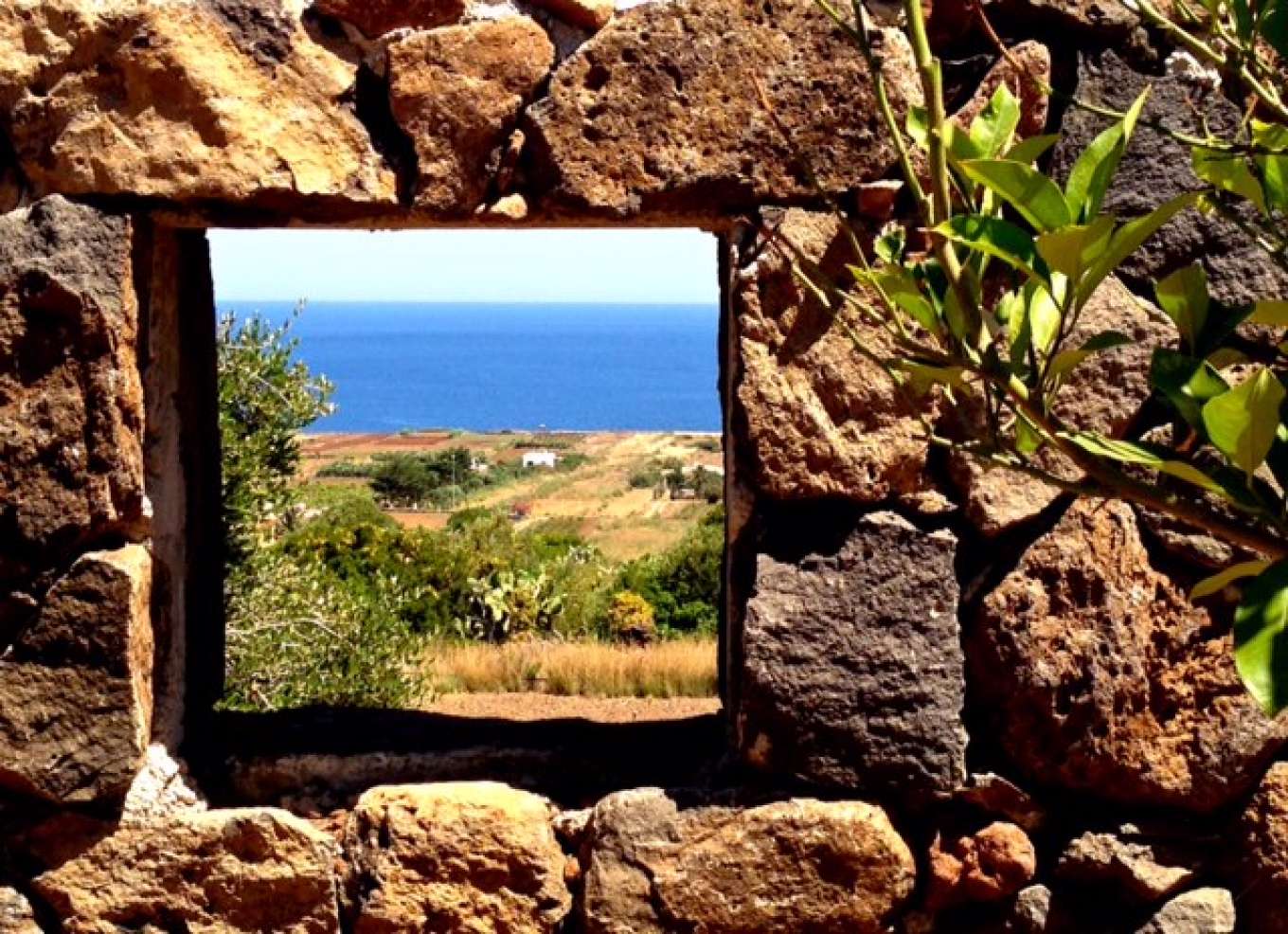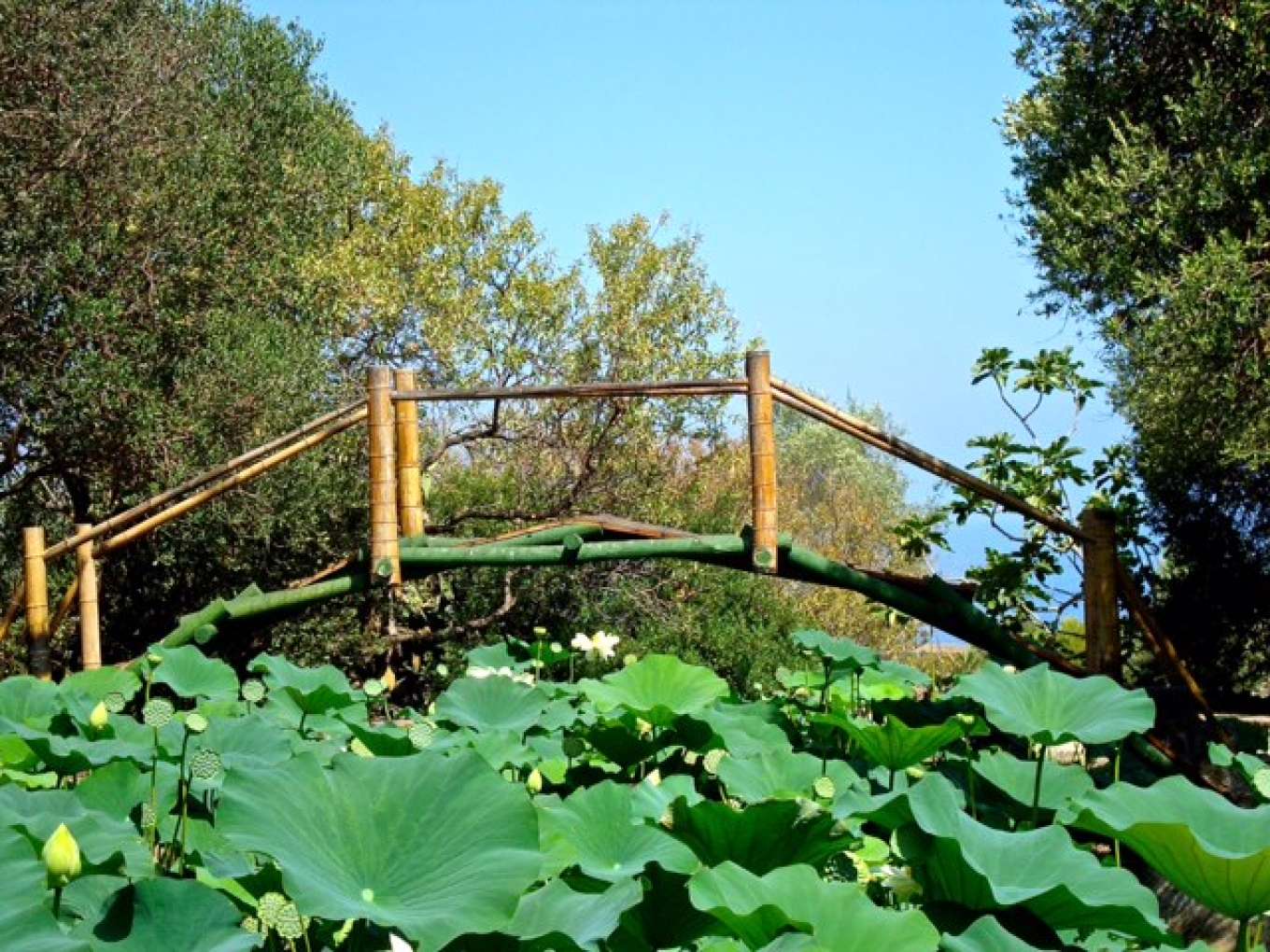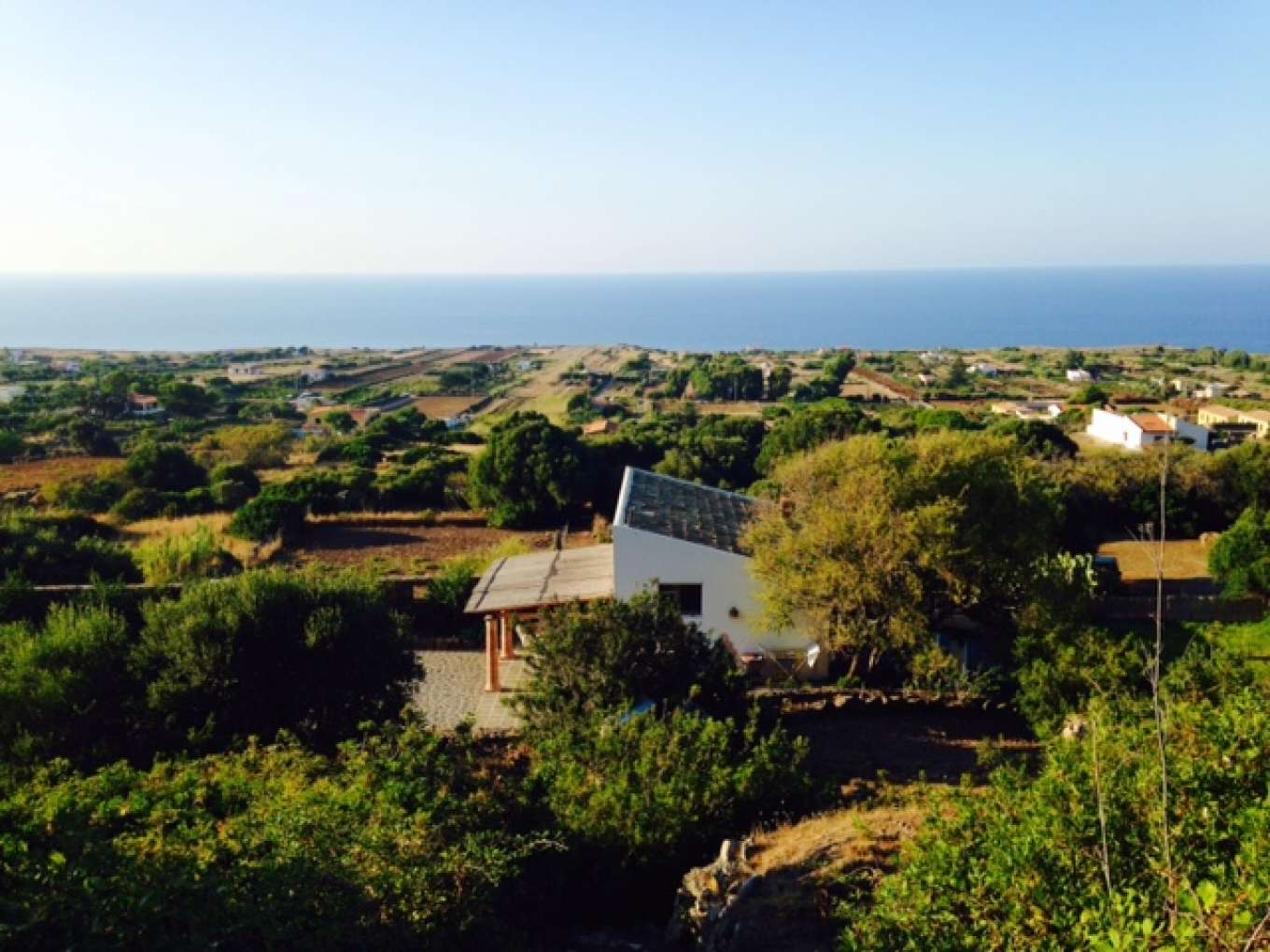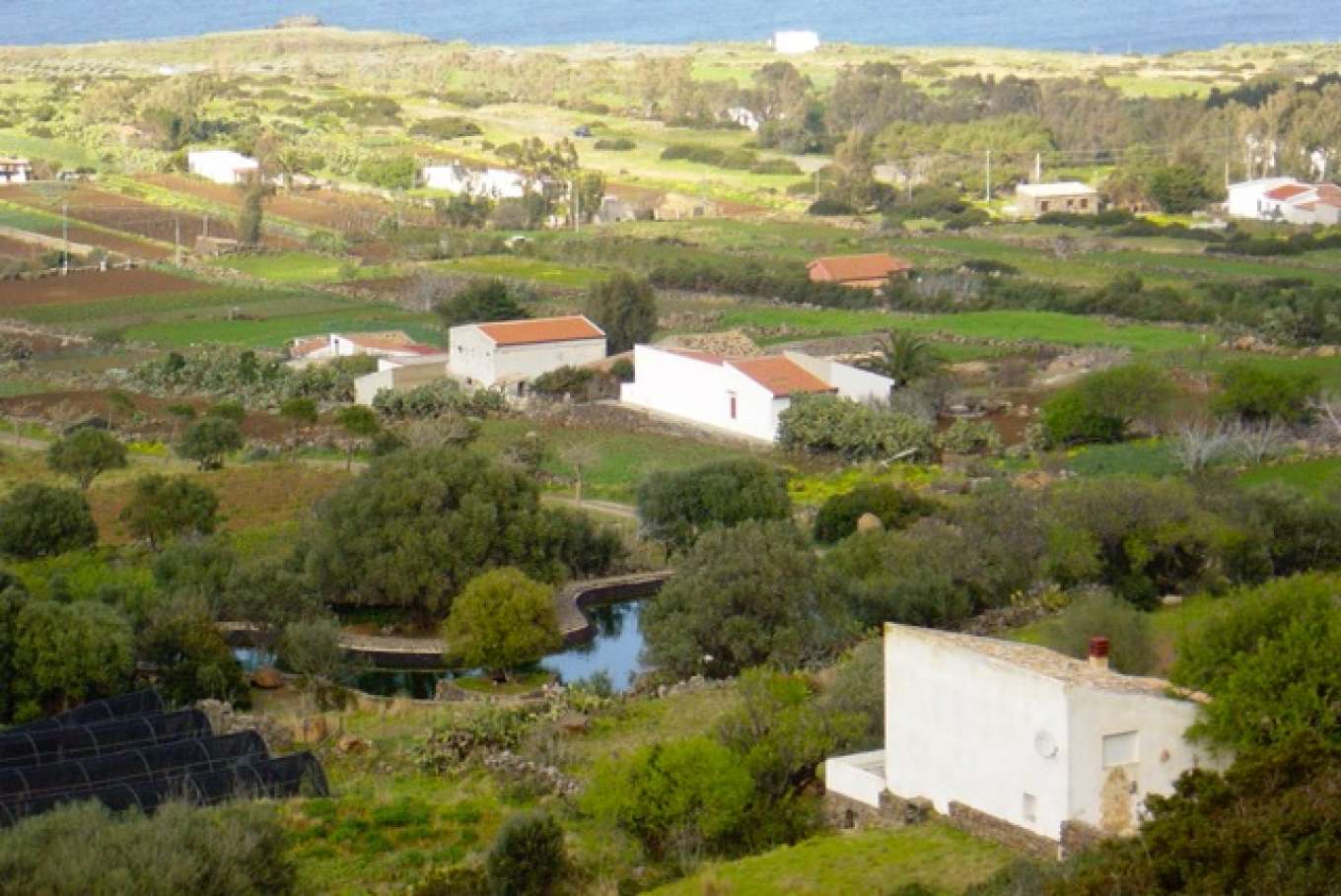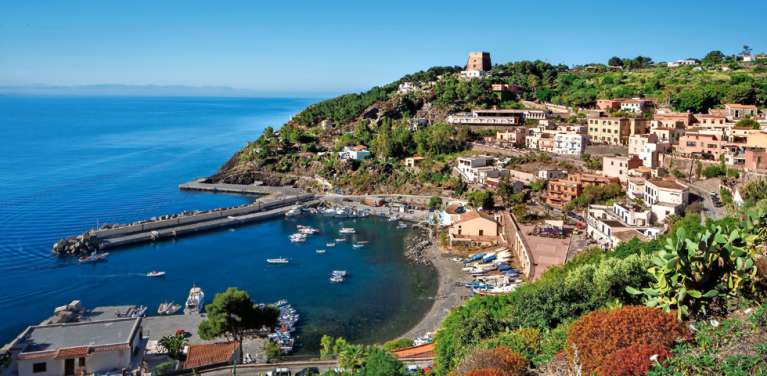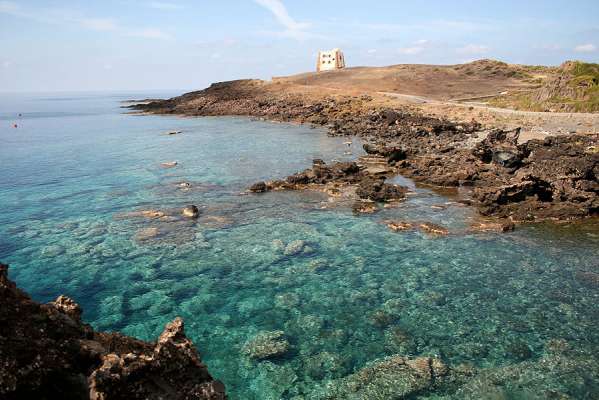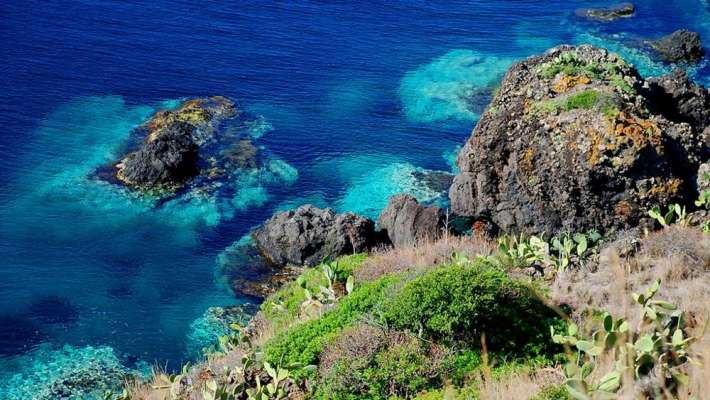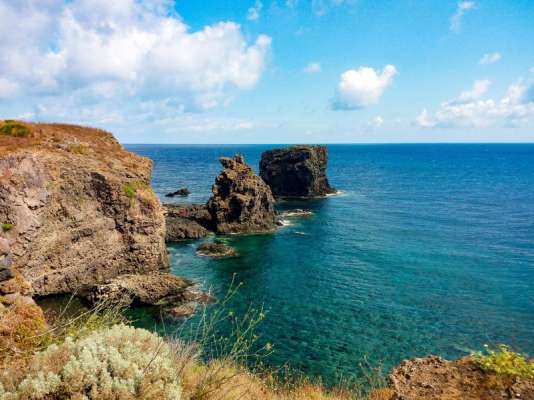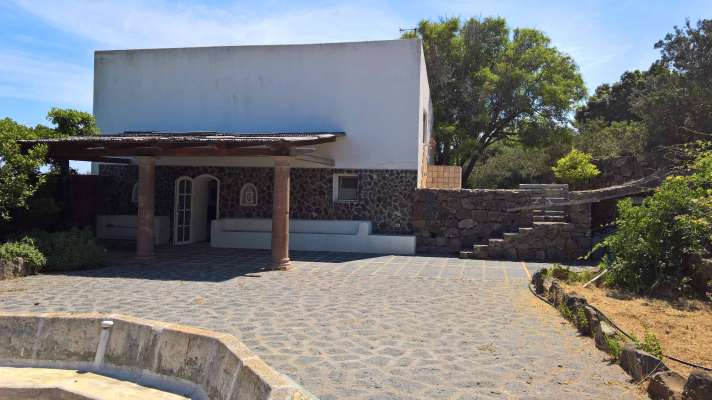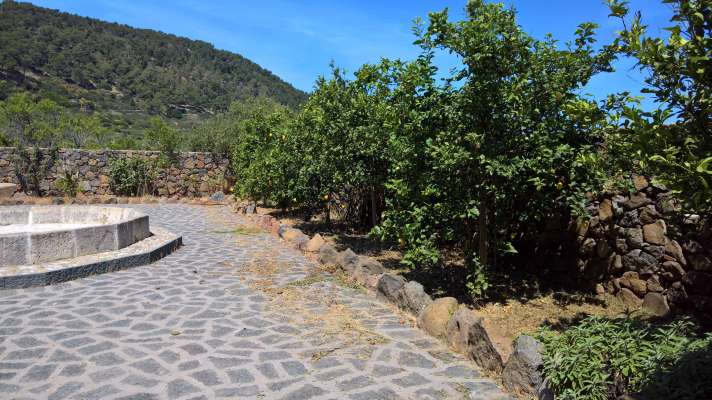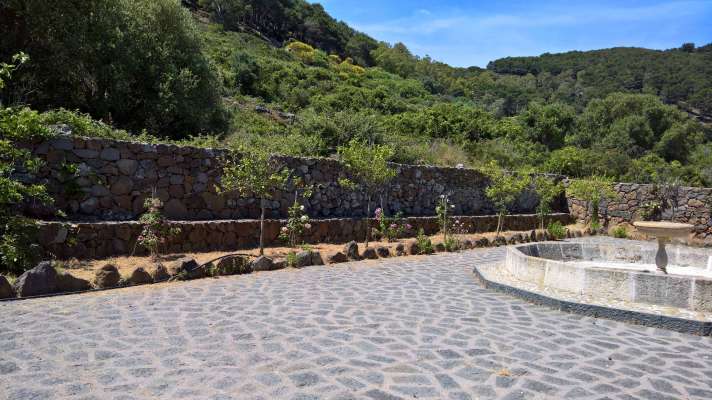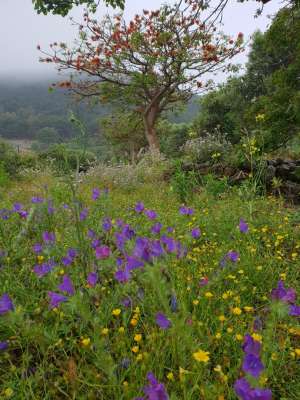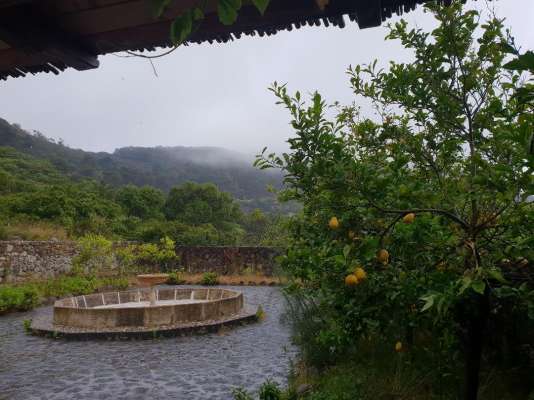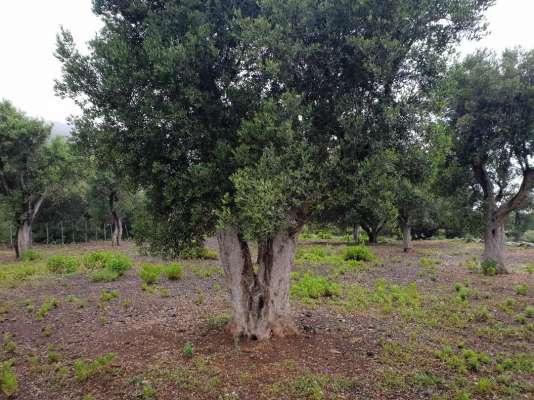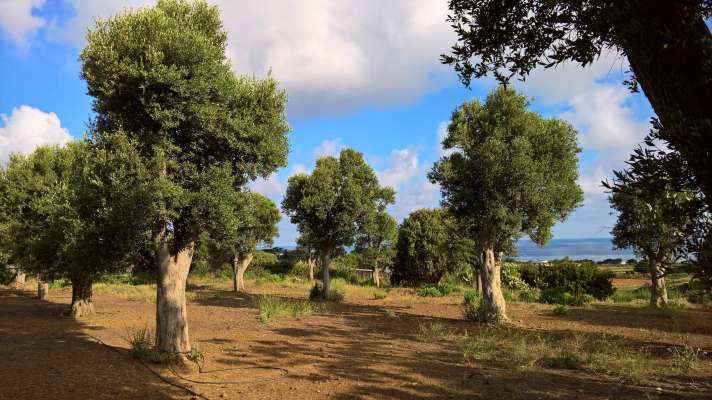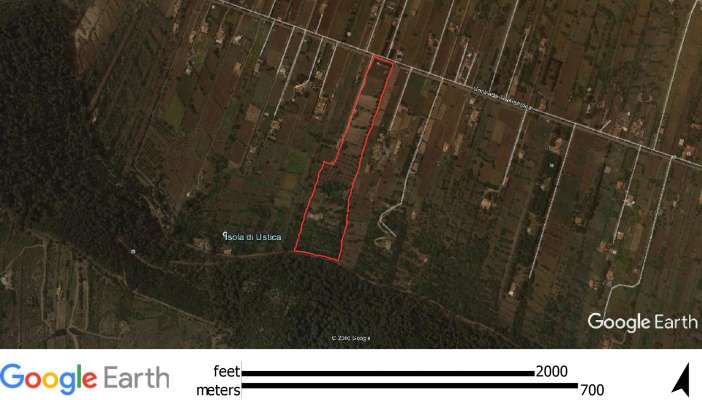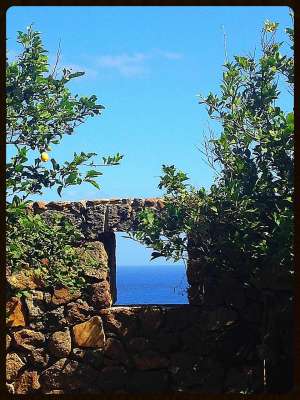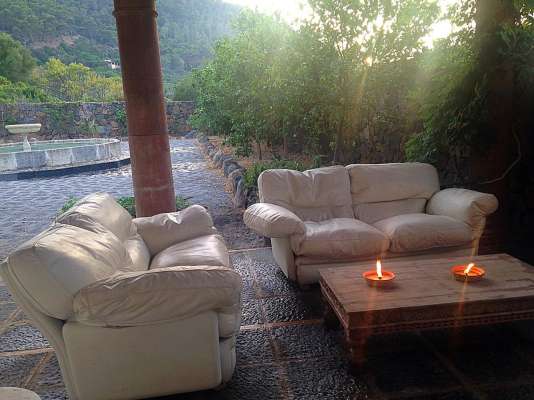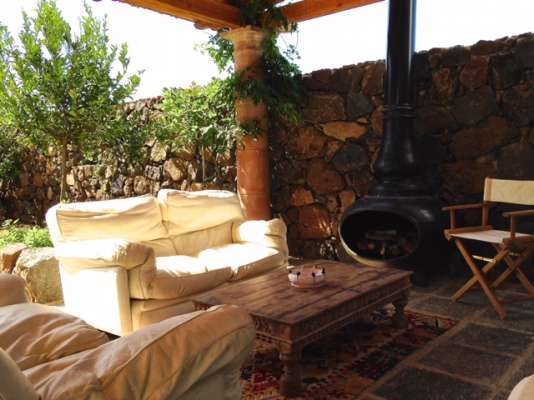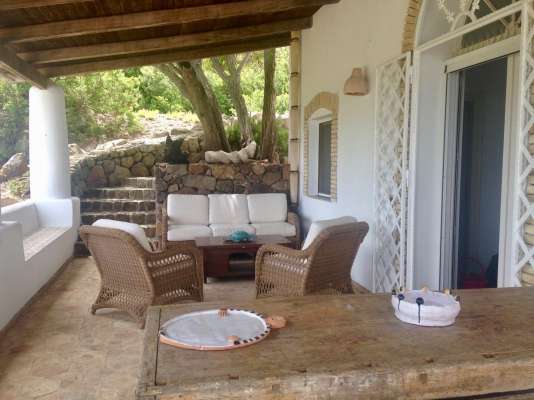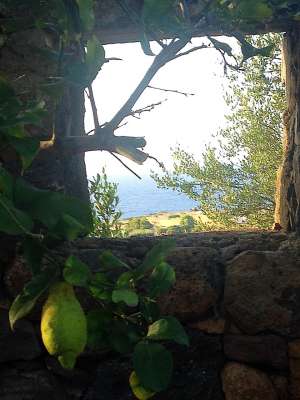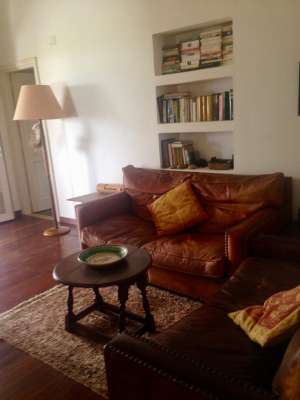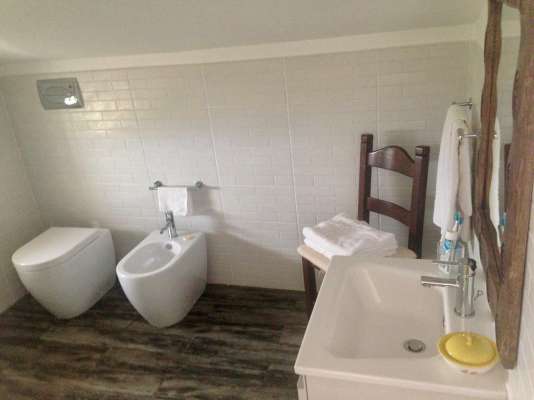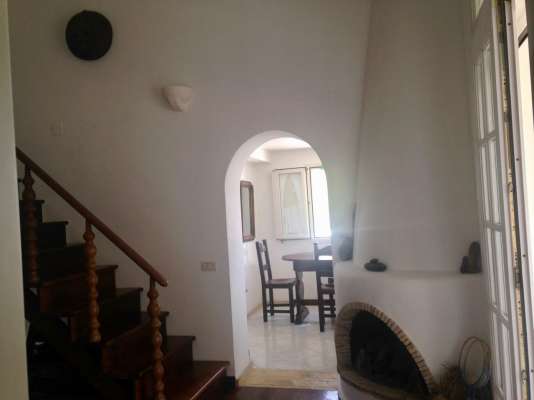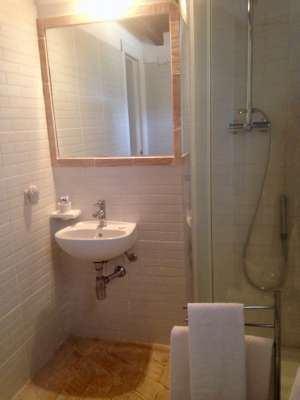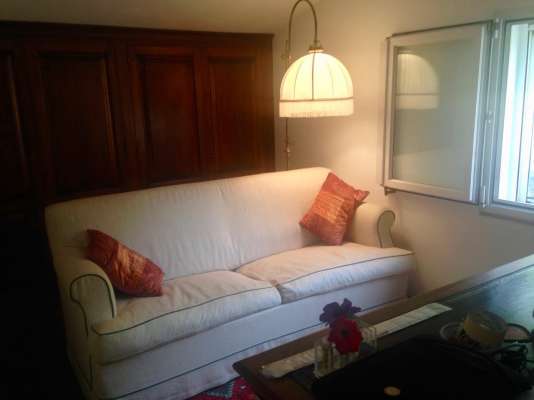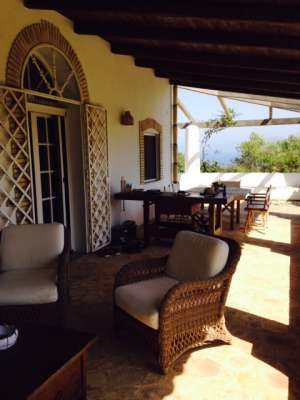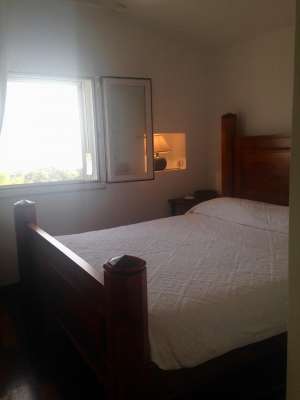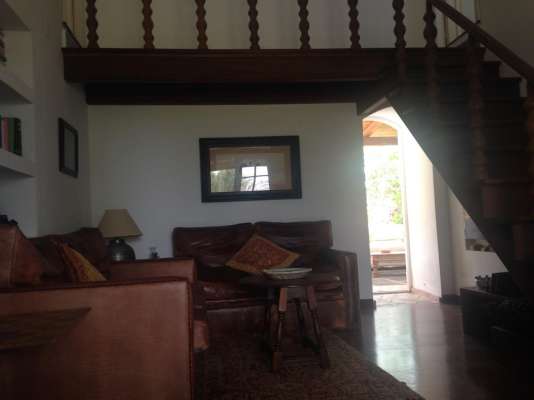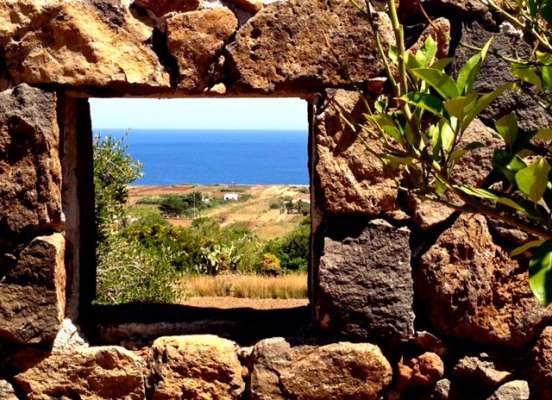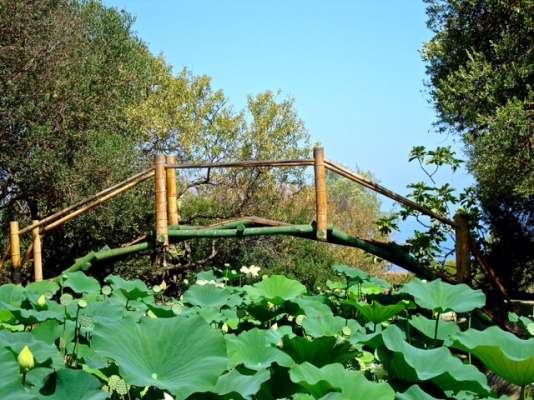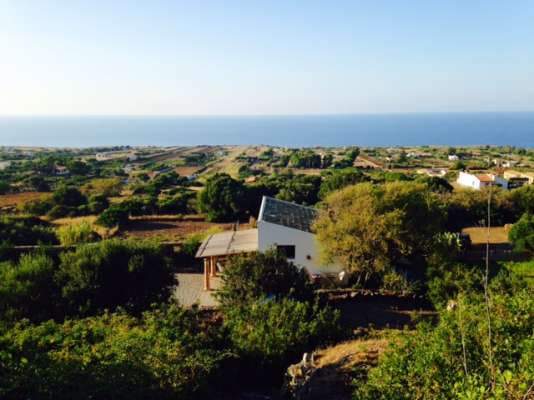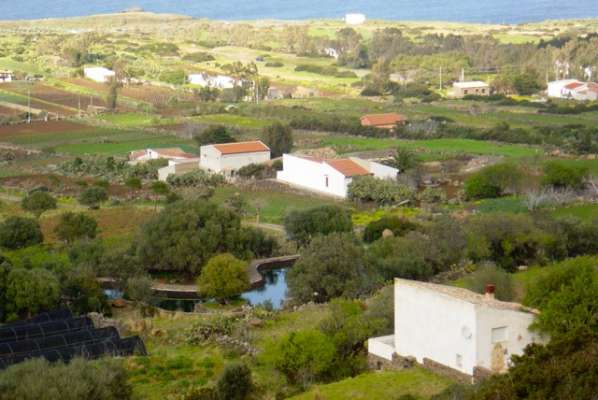Ustica Island Property
Historically, Ustica Island has been populated at least since 1500 BC by Phoenician peoples. The Romans renamed the island Ustica, Latin for burnt, for its black rocks. The island is also known locally as the "black pearl". In the 6th century, a Benedictine community settled in the island, but was soon forced to move because of ongoing wars between Europeans and Arabs. Attempts to colonize the island in the Middle Ages failed because of raids ...
Historically, Ustica Island has been populated at least since 1500 BC by Phoenician peoples. The Romans renamed the island Ustica, Latin for burnt, for its black rocks. The island is also known locally as the "black pearl". In the 6th century, a Benedictine community settled in the island, but was soon forced to move because of ongoing wars between Europeans and Arabs. Attempts to colonize the island in the Middle Ages failed because of raids by Barbary pirates. In the mid-18th century, the island was settled by approximately 90 people from the island of Lipari.
The island of Ustica is the summit of a massive submerged volcano in the middle of the Tyrrhenian Sea, about 60 kilometres north of Palermo. Its name derives from the Latin Ustum, burned, the coast is purely rock lined and surrounded by a breathtaking sea. Ustica is famous throughout Europe for the charm of its depths and the tranquillity that reigns there throughout the year. About 1000 people live permanently on Ustica. Agriculture, wine, fruit, lentils and fish are the island's specialties, attracting lovers of superb Sicilian cooking, underwater life, and peaceful country setting and pure air. This is a unique and pristine place in the Mediterranean, located approximately 36 N miles from the coast. There is a hydrofoil service twice a day all year long and 4 times a day in summertime, and a ferry connects the Island with Palermo daily all year long.
Since 1987, the beauty of the sea is under the protection of the First Marine Protected Area established in Italy, to which, since 1997 the Natural Reserve of Ustica Island has been added for the protection of terrestrial landscape. Being the top of a submerged 3000m deep Vulcan, the waters here are the clearest in all of the Mediterranean. Mesmerized by the beauty of the underwater life (a snorkeler's paradise) and the pristine volcanic fertile land, in 1992 the owner established a farm house on 7 acres of biological land at the foot of a dense pine wood, restoring an existing house with breathtaking sea view and planting about 500 olive trees. The property has a private well of fresh water and features the only fresh water lake existing in the entire region - an oasis for migratory birds amidst 100+ year old giant olive trees.
The main house is about 100 sq m on two levels - a 2 bedroom studio with all round terrace, featuring a lemon groove internal courtyard with large original Tuscan fountain surrounded by protective walls. One small guest bungalow with large terrace is part of the property as well as one small house to be rebuilt. A new house of about 80 sq m is permitted to be built. There is an open and close stable for one horse. The interior of the main house is designed and fit with hardwood flooring, fire place, and top designer Italian leather furniture for all year comfort. There is a granite sculpture of famous English artist, Steven Cox, on the Northern open terraced lawn - available for sale separately.
Historically, Ustica Island has been populated at least since 1500 BC by Phoenician peoples. The Romans renamed the island Ustica, Latin for burnt, for its black rocks. The island is also known locally as the "black pearl". In the 6th century, a Benedictine community settled in the island, but was soon forced to move because of ongoing wars between Europeans and Arabs. Attempts to colonize the island in the Middle Ages failed because of raids by Barbary pirates. In the mid-18th century, the island was settled by approximately 90 people from the island of Lipari.
The island of Ustica is the summit of a massive submerged volcano in the middle of the Tyrrhenian Sea, about 60 kilometres north of Palermo. Its name derives from the Latin Ustum, burned, the coast is purely rock lined and surrounded by a breathtaking sea. Ustica is famous throughout Europe for the charm of its depths and the tranquillity that reigns there throughout the year. About 1000 people live permanently on Ustica. Agriculture, wine, fruit, lentils and fish are the island's specialties, attracting lovers of superb Sicilian cooking, underwater life, and peaceful country setting and pure air. This is a unique and pristine place in the Mediterranean, located approximately 36 N miles from the coast. There is a hydrofoil service twice a day all year long and 4 times a day in summertime, and a ferry connects the Island with Palermo daily all year long.
Since 1987, the beauty of the sea is under the protection of the First Marine Protected Area established in Italy, to which, since 1997 the Natural Reserve of Ustica Island has been added for the protection of terrestrial landscape. Being the top of a submerged 3000m deep Vulcan, the waters here are the clearest in all of the Mediterranean. Mesmerized by the beauty of the underwater life (a snorkeler's paradise) and the pristine volcanic fertile land, in 1992 the owner established a farm house on 7 acres of biological land at the foot of a dense pine wood, restoring an existing house with breathtaking sea view and planting about 500 olive trees. The property has a private well of fresh water and features the only fresh water lake existing in the entire region - an oasis for migratory birds amidst 100+ year old giant olive trees.
The main house is about 100 sq m on two levels - a 2 bedroom studio with all round terrace, featuring a lemon groove internal courtyard with large original Tuscan fountain surrounded by protective walls. One small guest bungalow with large terrace is part of the property as well as one small house to be rebuilt. A new house of about 80 sq m is permitted to be built. There is an open and close stable for one horse. The interior of the main house is designed and fit with hardwood flooring, fire place, and top designer Italian leather furniture for all year comfort. There is a granite sculpture of famous English artist, Steven Cox, on the Northern open terraced lawn - available for sale separately.

